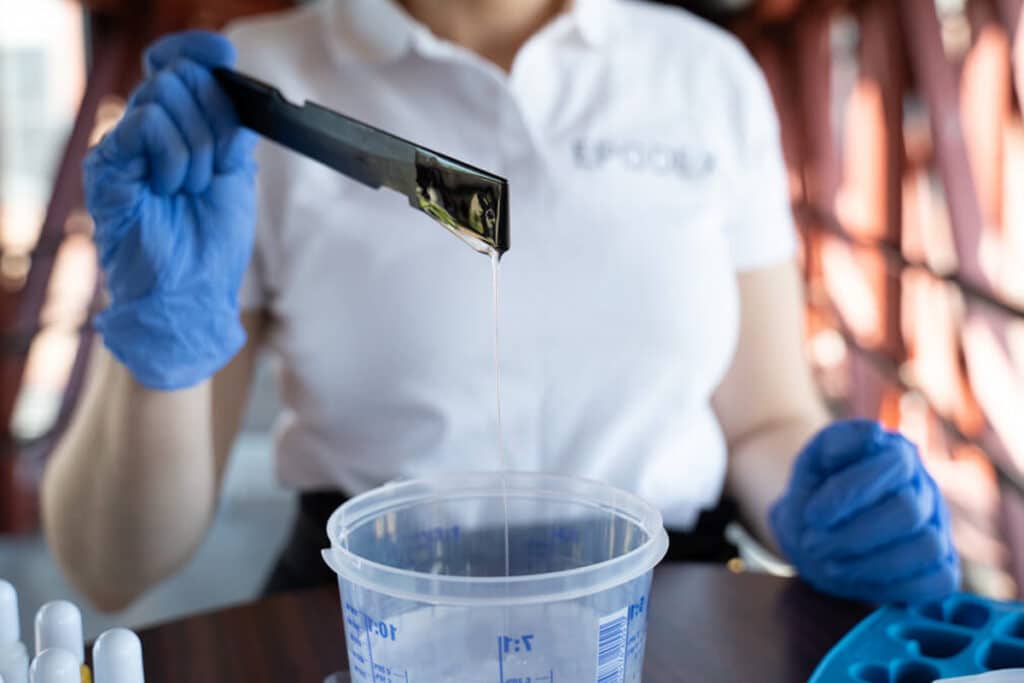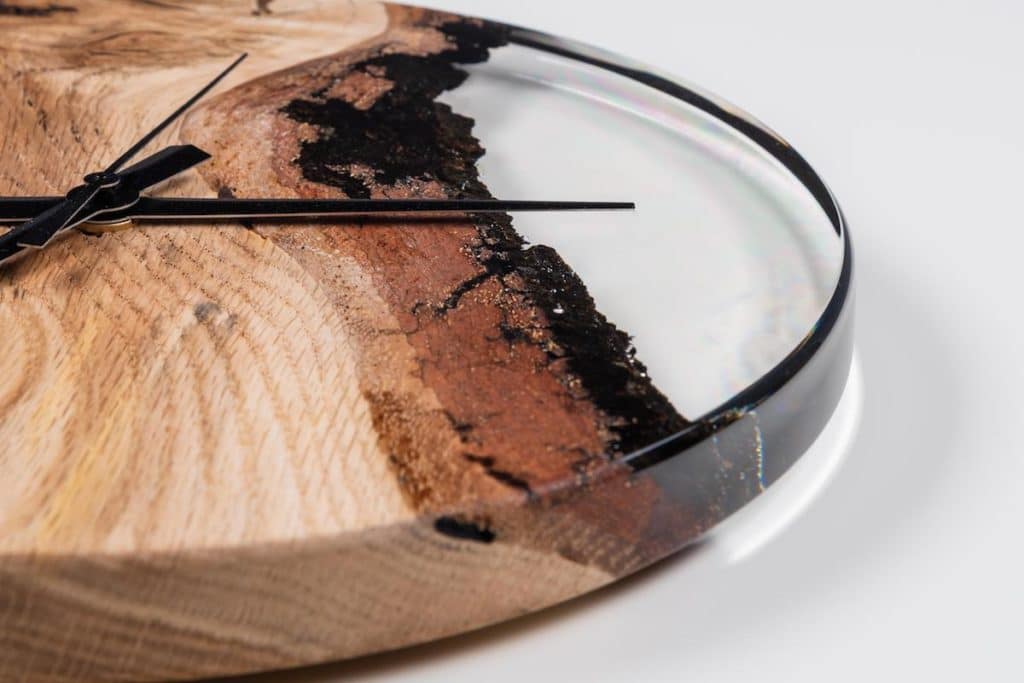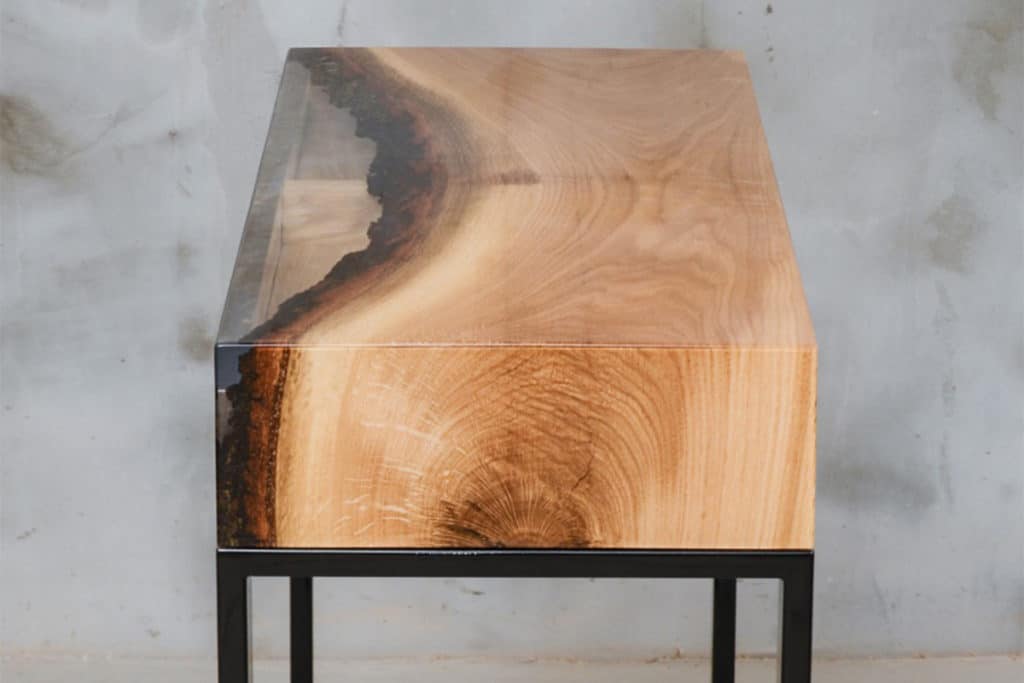What is Resin Crystallisation?
Crystallisation is the natural solid state of a product and resins, and hardeners can all experience epoxy resin crystallisation. It primarily occurs with two component systems and crystallisation does not mean you have defective material. Crystallisation occurs when the A component is exposed to cold temperatures.
What to do in case of Epoxy Resin Crystallisation
Epoxy resins crystallisation is completely reversible. Think of water turning from liquid into ice and vice versa. Water will always remain unaffected from these repetitive cycles and so does the original properties of resin. Signs of crystallisation appear in the form of cloudiness, free-floating crystals, crystal masses or as completely solidified material. Since the crystals are of higher density than the liquid resin itself, they sink to the bottom of the container.
The clear epoxy resin begins to look foggy, cloudy, hazy, or even milky white. The milky white matter goes on to build and spread, from the bottom and sidewalls of the container. Prolonged exposure to cold temperatures will cause this sandy-like texture to ultimately take over the entire contents of the container.

Why Does Crystallisation Occur?
- High purity of material
- Low viscosity of material
- Cold temperatures
- Temperature fluctuations

How to de-crystallize?
Always check for epoxy resin crystallisation in your Resin A-component before you begin working. It is possible that when the Resin A-component is first opened there are no signs of crystallisation. To check simply, pour a little resin A-component into a mixing cup.
- If detected, place the containers in a water bath with boiling water (100°C) with the lids on. Container sizes will affect the length of time needed for de-crystallisation. We recommend turning the sealed A-components in the boiling water every 2 minutes until every side has been heated.
- Stir resin including container sides and bottom thoroughly to ensure all crystals have been melted and that heat has been evenly distributed.
- If crystals are still present continue the process until there is no evidence.
- Let the epoxy cool down to room temperature and then proceed to use as normal.
(Note: The treatment with boiling temperatures doesn’t damage the epoxy or impact its properties. The Resin A-component will also not cure as it hasn’t been mixed with the Hardener B-component. )
In the case of heavily crystallised epoxy, it can take up to 1 hour in boiling water to de-crystallize A-component. Please contact us before using your epoxy if you have any doubt.



